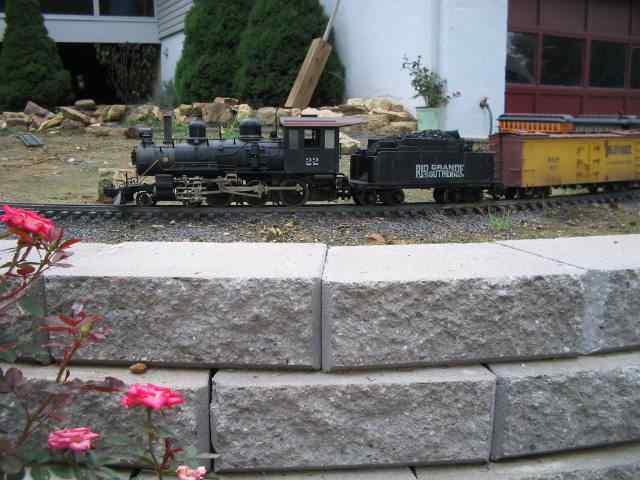There is a big, deep pit out there waiting for you to fall into.
If you are careful, you can easily avoid it.
You need to decide what you want to do.
Elevated line?
Decide that now, before you lay everything on the ground and it becomes a part of the “too hard basket” to raise it.
What era?
Early steam?
Later steam?
Logging?
Narrow gauge?
Quasi-standard gauge?
If you just “buy”, you’ll end up with a whole lotta stuff you need to get rid of later.
You going to look for a more prototypical track?
Stay away from 332.
You going to run on the edge of an elevated railway?
You need to secure your track.
You can’t clamp and bond it then, as expansion and contraction will rip it out.
“Floating” can be a continual issue with re-setting curves.
I have a small railroad, all attached to something, some right on the edge, and I cannot afford to have track “shift” and dump a train.
Elevated allows easy use of ground throws.
I have 2 EZAir operated switches for hard to reach locations.
I would recommend it in lieu of electrics.
Track power or battery?
Because my track isn’t bonded, I use 250 and 215 llagas aluminum in 6’ flex sections, and no track power at all.
NE Texas isn’t bad for track power…it is up hear near Seattle.
Think hard, plan, and ask questions before you buy.
Lots of folks would sell you the moon, but buy what you want.
TOC

